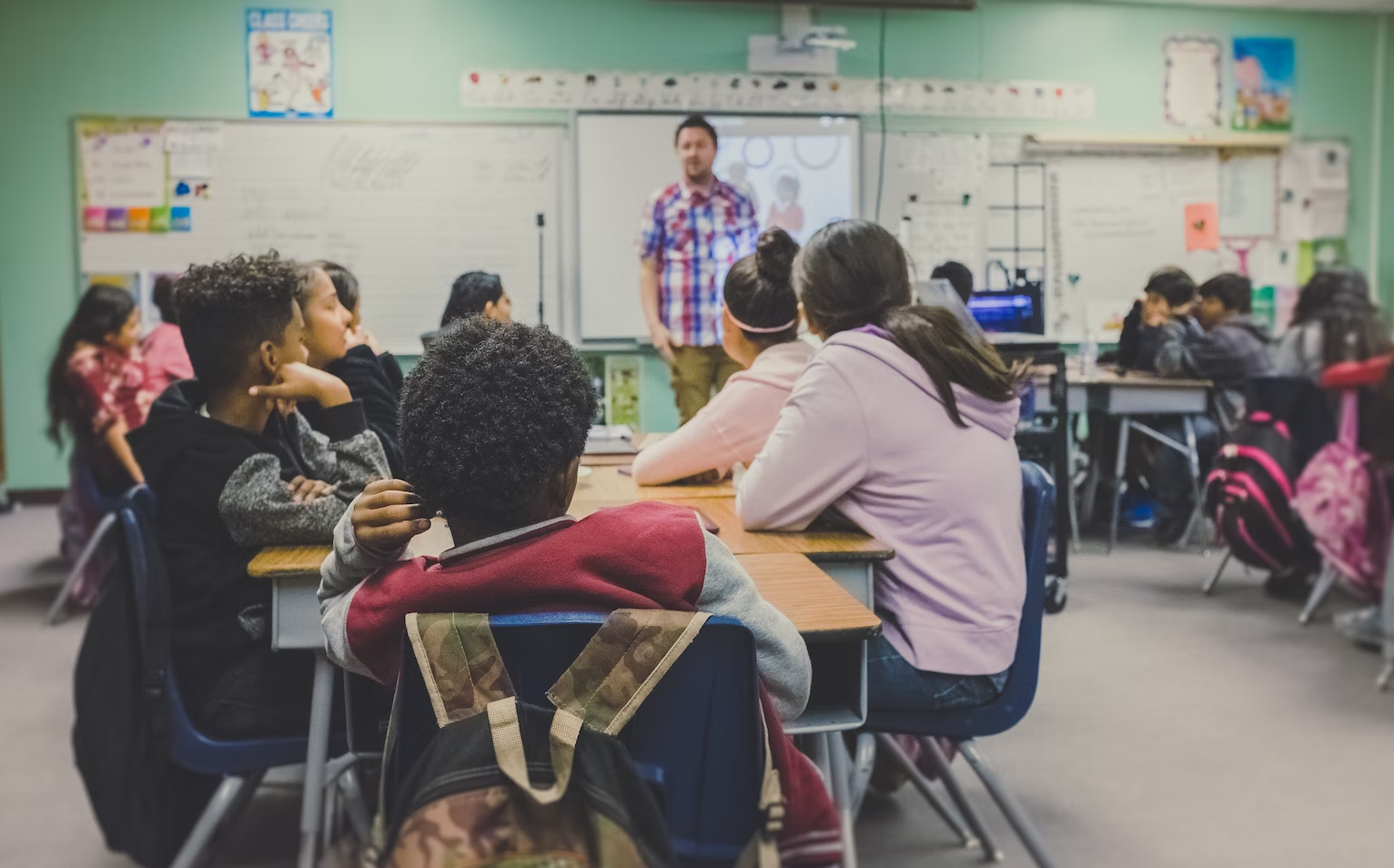Why Teachers Need To Consider Improved Classroom Conditions
For some people, getting a good education is the key to success. For others, it’s all about networking and making connections. And for some people, school simply provides a structure and routine that helps them to stay on track. Ultimately, though, the importance of school lies in its ability to prepare young people for the future. With this in mind, classroom conditions in a school place setting are extremely important for students to learn and thrive. In this article, we will discuss why teachers need to consider improved classroom conditions.
To Create A Positive Learning Environment
Classrooms should be inviting places where students feel comfortable and are able to focus on their studies. Poor conditions can make it difficult for students to learn and can also lead to behavioral problems. One way to create a positive learning environment in the classroom is to make sure that the physical space is comfortable and conducive to learning. The furniture should be arranged in a way that promotes collaboration and interaction, and there should be plenty of natural light and ventilation.
Poor lighting and cramped conditions can make it difficult for students to focus on their work which can then lead to behavioral problems. The decor should be cheerful and inviting, without being too distracting. Another critical element of creating a positive learning environment is cultivating a climate of respect and support among all members of the class. This means ensuring that everyone feels safe and respected and that their individual needs are being considered. It also means promoting an atmosphere of cooperation and collaboration, rather than competition.
Finally, it’s important to provide ample opportunities for students to engage in hands-on, active learning. This means incorporating plenty of opportunities for experimentation and exploration through the use of modern technology – all whilst keeping in mind digital wellness. Technology should be a helping hand but never relied on solely. Students are more likely to be engaged and motivated when actively involved in their learning.
To Keep The Classroom Clean And Free Of Distractions
A messy and cluttered classroom can be distracting for both the teacher and the students, and this can impact the quality of teaching and learning taking place. For example, if the classroom is not well-lit, it can be difficult for the teacher to see the board or whiteboard and this can in turn make it hard for students to see as well.
In addition, a cramped and cluttered classroom can make it difficult for the teacher to move around and this can impact their ability to teach effectively. In order to keep your classroom free from distractions and clutter, there are a few things as a teacher and as a student, that you can try. First, try to keep the space around your desk clean and organized. This will help you to focus and not be distracted by your surroundings.
Secondly, make sure to keep any personal belongings out of sight so they don’t distract you or your classmates/students. Finally, if you have any electronic devices, make sure to keep them turned off and out of reach so you’re not tempted to use them during class.
To Promote Student Engagement
If the classroom is not an inviting space, students may not want to participate in class activities or may become disruptive. This can impact the quality of instruction. Some ideas to promote student engagement in a classroom are to get them up and moving around. You can do this by playing games, having activities that involve movement, or letting them take breaks every so often. You can also try incorporating creative projects into your lessons, as these often tend to hold students’ attention better. Finally, make sure you are engaging with your class as well; talking and interacting with them regularly will help keep them interested and engaged.
To Encourage Positive Social Interaction
When students feel comfortable in their environment, they are more likely to interact with each other in positive ways. This can help create a sense of community in the classroom and can also promote academic success. To help develop a sense of community in the classroom, you can create workstations where students can interact with each other or have group work time. From here, students are more likely to branch out of their immediate social circles and form bonds with other students.
Learn And Grow Together
In conclusion, it’s important to have a well-lit, clean, and organized classroom in order to create a positive learning environment. This will help promote student engagement and positive social interaction. Additionally, it’s important to keep in mind the health of both teachers and students when considering the conditions of the classroom. A classroom needs to be an environment in which both student and teacher can thrive together for the most adequate learning, and growth, to happen.





